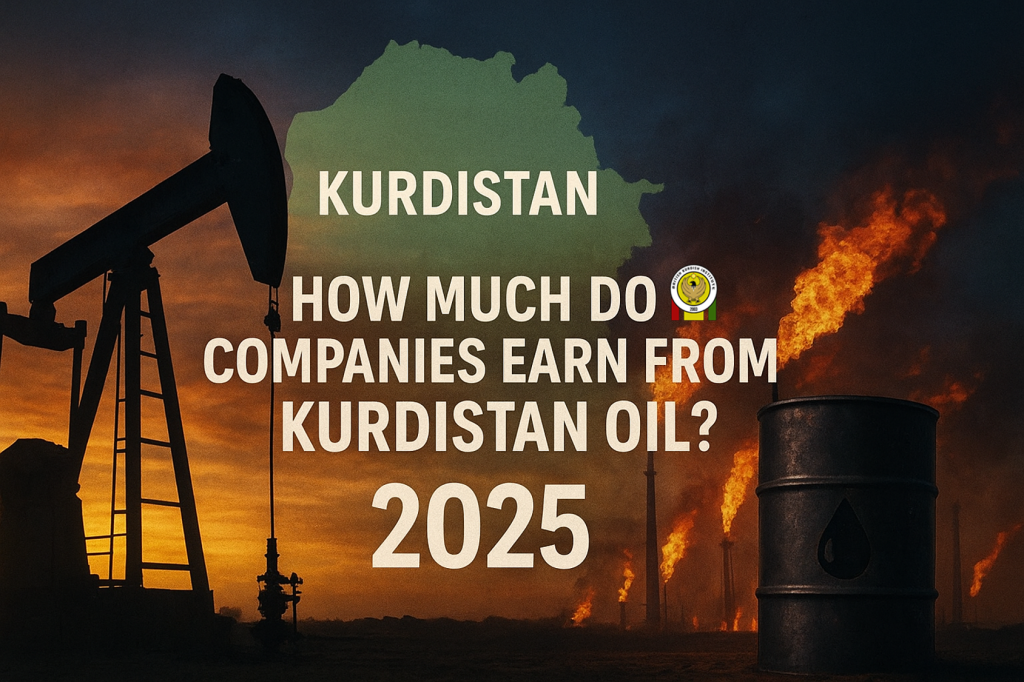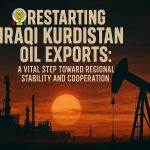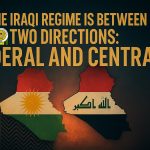The question of how much international companies profit from Kurdistan’s oil production has once again come under scrutiny. Energy analytics firm Wood Mackenzie is expected to release a detailed review of production costs, investment, and profit margins per barrel for companies operating in the Kurdistan Region of Iraq. Based on this assessment, Baghdad will pay the companies their financial entitlements for both current and future stages of production.
According to the latest agreements, Baghdad has set the production and transportation cost at $16 per barrel—$14 for production and $2 for transport, as confirmed by DNO. This system will remain in effect until Wood Mackenzie’s final report is completed later this year.
The Core of the 20-Point Agreement
At the heart of the new 20-point agreement lies a simple goal: to guarantee all parties their rightful financial shares. For nearly 30 months, oil exports were halted due to disagreements between Erbil and Baghdad. The crux of the matter remains the actual cost of producing a barrel of oil, which directly determines the payments owed to international companies. The $16 figure could increase or decrease depending on Wood Mackenzie’s findings.
Kurdistan vs. Federal Iraq: Different Oil Economics
The cost and profit structure of oil production in Kurdistan differs significantly from the rest of Iraq. In Kurdistan, companies fund their own investments, which are then added to the cost of production. By contrast, in federal Iraq, the state finances oil investments through the Ministry of Oil. For 2024, the ministry’s investment spending alone is projected to exceed 12.3 trillion Iraqi dinars.
Gulf Keystone: Key Financial Indicators
One of the best case studies is Gulf Keystone Petroleum. According to its August 28, 2025 financial report, the company produced 44,100 barrels per day in the first half of the year, generating $221.9 million in total revenue and $16.7 million in profit. Operating and investment costs reached $66.4 million, giving the company a cost-to-earnings ratio of 37.4% per barrel. In other words, production and investment expenses accounted for 29.9% of revenue, while profitability reached 7.5%.
The report also reveals that 72.7% of total expenses were operational, with 27.2% tied to investments—a consistent pattern before the suspension of exports through the Ceyhan port.
Comparing 2023 and 2025: Profitability Trends
During the first quarter of 2023, Gulf Keystone’s average daily production stood at 46,228 barrels, generating $213.4 million in total revenue. Across six months, total income reached $514.7 million, with production costs of $150.5 million and profits of $42.3 million. This translates to a production-to-revenue ratio of 29.2% and a profit margin of 8.2%—numbers that closely align with the first half of 2025.
The Price Gap: Brent Crude vs. Domestic Sales
A crucial issue for Kurdistan’s oil economy is the gap between Brent crude prices and domestic sale prices. Before September 2025, the Kurdistan Region sold oil under two main arrangements:
-
Exports through the Ceyhan port, priced $20–25 below Brent.
-
Domestic sales, averaging less than $44 per barrel over the last 30 months.
While some of this difference is due to oil quality, most stems from Baghdad’s legal restrictions and international buyers’ caution over potential sanctions.
What If Kurdistan Sold at Brent Prices?
Analysis shows that if Kurdistan’s oil had been sold at Brent market prices, total revenues could have doubled.
For example, in the last quarter of 2022 and early 2023, Brent averaged $101.4, while domestic sales averaged $27.8 per barrel. Under Brent pricing, Gulf Keystone’s profits could have risen from $42.3 million to $61.6 million, and the Kurdistan Regional Government’s (KRG) revenue could have increased from $321 million to $538 million.
In the first six months of 2025, the Sheikhan field produced 7.98 million barrels. If sold at Brent’s average price, total earnings would have reached $574 million, with KRG revenue at $138.8 million.
The Role of Wood Mackenzie’s Review
Wood Mackenzie’s upcoming review is critical. It will determine the true cost of production, investment returns, and profit margins for companies operating in the Kurdistan Region. The study will guide Baghdad’s payment structure, which currently assumes 7.5% profits per barrel based on total field revenue.
This review could reshape future contracts between oil companies and the KRG, particularly regarding debt settlements for the final months of 2022 and early 2023.
Future Outlook: Profit, Policy, and Production
The broader question now is whether Baghdad is prepared to sustain 6–9% profit margins for companies if oil continues to sell at Brent-linked prices. These margins depend heavily on each company’s investment strategy, production efficiency, and government policy.
Recent budget law amendments and the tripartite agreement between Baghdad, Erbil, and international operators were not coincidental—they were based on a clear domestic cost structure that Baghdad intends to maintain.
Conclusion: A Market in Transition
Whether oil sells for $27.8 or $91.1 per barrel, the production and profit data clearly demonstrate the delicate balance between investment costs, company earnings, and regional revenue.
If oil continues to be marketed through SOMO, the coming months will reveal how Kurdistan’s energy sector evolves—and whether Wood Mackenzie’s final report will redefine the true profitability of Kurdistan’s oil.









